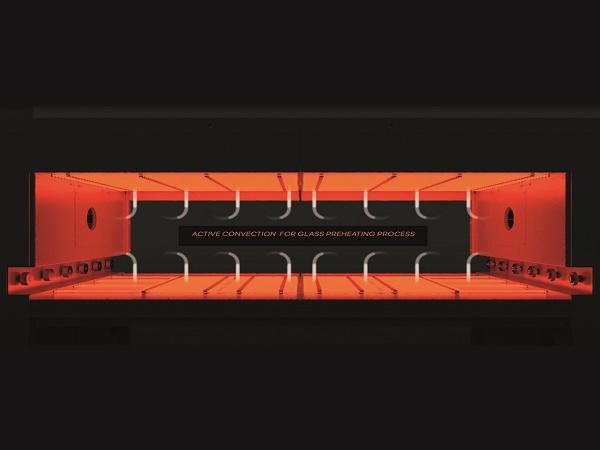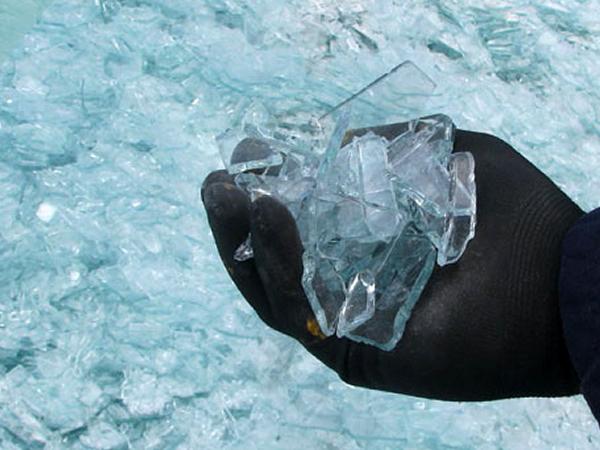Others also read
| Bent and tempered glass has long been of great interest to the market. The process of creating high-quality tempered bent glass has evolved over the years.
| Do you still spend precious time doing the meticulous task of manually counting glass cullets for a glass fragmentation test? Or maybe your modern counting tool is not exactly the gold standard? If so, we have some good news for you!
| Irregularities in the glass, which are visible under certain lighting conditions and interfere with the overall impression of a pane – anisotropies – occur when glass is tempered.
| This paper explores the flexural strength of recycled cast glass—a property relevant to the engineering practice.
| The latest Glastory blog is dealing with the newest trends coming to the bus glass market - how the cut-outs, digital and screen printing, larger surfaces and thinner glass to reduce weight and fuel consumption is challenging the glass processing.
| An Initial Study Towards Optimized Structural Assessment of Glass Components
| The latest Glastory post is dealing with the trends in automotive display glass processing.
| In the European Union, Member States are allowed to set minimum performance requirements to construction products available on their market.
| In this blog post, we look at trends in the sunroof and windshield business today and how glass processors can prepare for them.
| Unitised Façade System Designed with a Highly Transparent Façade of Low G-value Combined with Blast Requirements
| For years and years research, development and discussions have been made on the safety of glass structures.
| Building code requirements for wind-borne debris protection have been in existence since the mid- 1990s, and as a result, many glazing systems have been tested and certified to these performance requirements.
| For nearly 50 years, glass has been used as structural elements in glass fin applications. These applications include interior and exterior projects, supporting facades, canopies, storefronts, curtain walls and skylights.
| Anisotropy is the term used in the façade industry to describe the manifestation of patterns and colourful areas in heat-treated glass under certain light and viewing conditions.
| This research investigates the potential of glass as a new design tool to highlight and safeguard our historic structures.
| Latest Glastory blog by Jukka Immonen is dealing with the 5 promises of convection technology in windshield bending.
| In this work, a combined Voronoi and finite-discrete element method (FDEM) approach for reconstructing the post-fracture model of laminated glass (LG) was proposed.
| The load-bearing capacity of glass as a structural material as well as sustainability and resistance of a built-in glass against appearing loads and forces is assuming an ever-greater importance.
| This study forms part of a wider research programme that aims to better address the end-of-life challenges and opportunities in façade design for re-use.
| Data-based business models are also becoming increasingly relevant to the glass industry.
| Sustainability and the circular economy are increasingly influencing work and production processes in glass manufacturing, too.
| Some practical tips on how you can well maintain your laminating line and extend its longevity.
| Glaston is working hard to make tempering furnaces more automated.
| What is your vision of the future? What role will glass play in your vision?
| That’s an excellent question! It really is true that SentryGlass is more difficult to laminate in many aspects than standard PVB. But if we first think of what SentryGlass has been designed for, it is to give structural strength to the laminate.

























